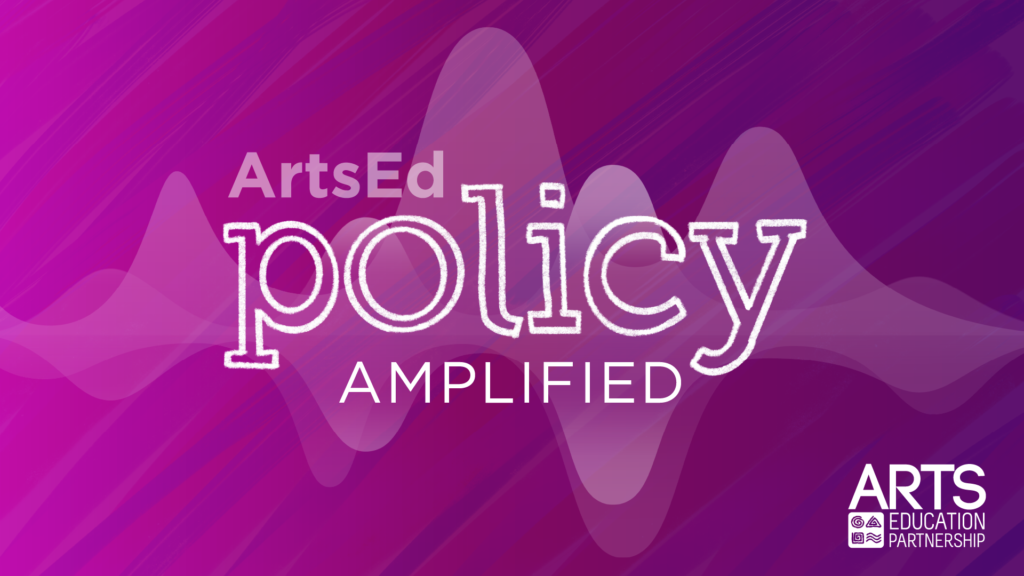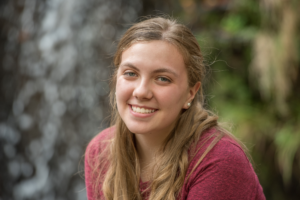Student Voice: Why the arts are important in education

I wasn’t always the best at math and science. I tried hard, but they just weren’t my thing. Still aren’t. For a long time, I thought that meant I wasn’t smart. That’s what school seemed to teach: smart people were good at math and science. It  wasn’t until I discovered art – music and drawing – that I finally found something at which I could excel. Still, I was left to wonder, does art matter as much as math and science? The answer to me is: YES! Arts education is important for at least two reasons: (1) arts education helps students to see the many different types of geniuses there are, and (2) seeing these different examples of intelligence validates their own unique talents and abilities.
wasn’t until I discovered art – music and drawing – that I finally found something at which I could excel. Still, I was left to wonder, does art matter as much as math and science? The answer to me is: YES! Arts education is important for at least two reasons: (1) arts education helps students to see the many different types of geniuses there are, and (2) seeing these different examples of intelligence validates their own unique talents and abilities.
We likely have all heard that Albert Einstein, Marie Curie and Isaac Newton are timeless geniuses. And that’s true. They dramatically changed the way people see, interact with and understand the world around them. Arts education can help students see that Pablo Picasso, Amadeus Mozart and Isadora Duncan are also geniuses. They too dramatically changed the way people see, interact with and understand the world around them. Picasso changed the way people viewed art. It didn’t have to be perfect to be art. Mozart was a child prodigy. His work influenced the work of others – and continues to do so. And Duncan revolutionized the way people express themselves through dance. Einstein, Curie and Newton couldn’t do the things that Picasso, Mozart and Duncan did (and vice versa). But both kinds of genius are important and work hand in hand.
Secondly, arts education helps validate everyone’s unique kinds of genius. Let me share a personal experience. Last year, I was explaining to a fellow student that I would be ending my senior year taking algebra 2, not pre-calculus. And this student looked at me like I was falling short. It was painful to be judged that way. He didn’t understand that I can look at sheet music and find all the inverted chords. I can draw a picture using elements of art and principals of design. I just didn’t feel like my kind of intelligence was appreciated. I’m sure my experience isn’t unique. How many future artistic geniuses didn’t pursue art because a bad experience in math made them feel like they weren’t smart. I can imagine there have been quite a few.
In my arts classes (both in school and private lessons), I learned that I was smart. That I was talented. That I could contribute to society.
I know that the education of the arts in school is vital to students. I am proposing that school needs to become more personalized to each student. The arts students should be allowed to take more arts classes and the science and math students should be able to take math and science classes. The point that I am making is that not everyone will become a scientist or an accountant. And not everyone will be a musical therapist or an actor. Doing this will allow each student to become what they are meant to be. They will be able to expand and develop their talents. I hope policymakers, state, district and school leaders take advantage of the research demonstrating the benefits of learning in and through the arts and work together to expand access to the arts in and out of school for students everywhere.
Abby Huston is the 2017 Young Artist Award winner, presented each year at the Arts Education Partnership (AEP) Annual Convening. To learn more about AEP and what state and community leaders are doing to expand access to the arts, visit www.aep-arts.org.



